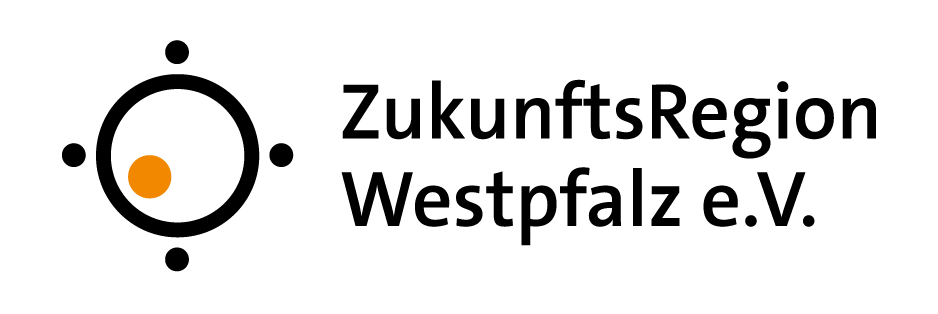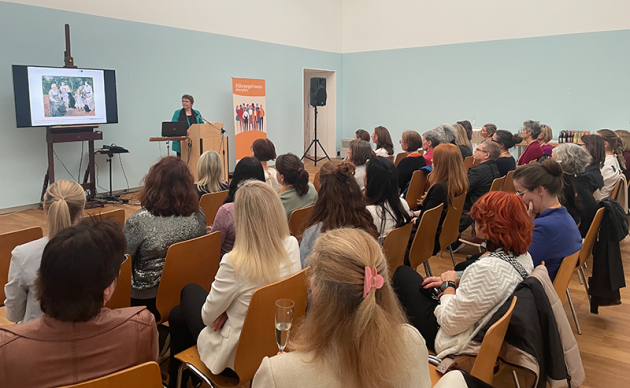Women in art - an afternoon at the MPK
The kick-off to the FührungsFrauen Westpfalz networking events in 2024 could not have gone better. On March 21, the FührungsFrauen met at the Museum Pfalzgalerie Kaiserslautern to immerse themselves in the world of art and discuss the topic of women in art.
After a welcoming address by Jutta Metzler (ZRW board member and IHK vice president), Dr. Annette Reich, deputy director and head of the painting and sculpture collection, gave an exciting keynote speech on various works of art that either depict women in very different ways or were created by female artists. Although women have only been allowed to study at art academies for around 100 years, they have created impressive works despite all the prejudices that women did not play a role in art for a long time. Some of these works can also be seen at the MPK. Nevertheless, according to Dr. Reich, the MPK still has some catching up to do when it comes to works of art by women. Special exhibitions by renowned female artists are already planned - but she didn't want to give too much away just yet.
Through the selection of artworks, Dr. Reich made it clear that the representation of women is very different. Most of the artworks presented are exhibited in the MPK, so that the participants were able to view the original works of art after the lecture. Among many other works of art, she showed us the painting by Max Slevogt (1968-1932) "The Slevogt Family in the Garden of Godramstein", in which the German Impressionist painter uses white clothing to foreground the women in the family portrait and which is also a self-portrait of the artist, although he places himself in the background in shadow.
The work by Hermann Scherer (1893-1927), a student of Ernst-Ludwig Kirchner, from 1924/25 is a completely different artistic representation of women. The wooden sculpture entitled "The Little Girl", one of the masterpieces of German Expressionism, most likely depicts a mother-child relationship, but also shows a certain anxiety in the child's eyes and a process of letting go between the two that has not yet been completed.
Of course, one of the most internationally renowned German female artists of the 20th century could not be missing. Käthe Kollwitz (1867-1945) is an example of a woman who was denied an education at an art academy and who was the first woman to be elected to the Prussian Academy of Arts in 1919. In her bronze sculpture "Pietà", the artist depicts herself as a mother with her son who died in the First World War. Here, too, the depiction of a mother-child relationship in which the grief and pain for the lost child in her womb are palpable.
Whether the artists have dealt with social problems, their own way of dealing with feelings or the most diverse representations of femininity, there is always room for interpretation, which the artists have created in different ways to express their image of women in art. This afternoon showed us that everything is a question of perspective - like so many things in life. During the networking afterwards, the participants were able to share their thoughts and impressions of the lecture and discuss the artworks presented. We are delighted that our "FührungsFrauen Westpfalz" format gives us the opportunity to gain insights into a wide range of topics and facilitate a mutual exchange.
We would like to thank Dr. Reich for the wonderful selection of artworks and the exciting insights into art history.



